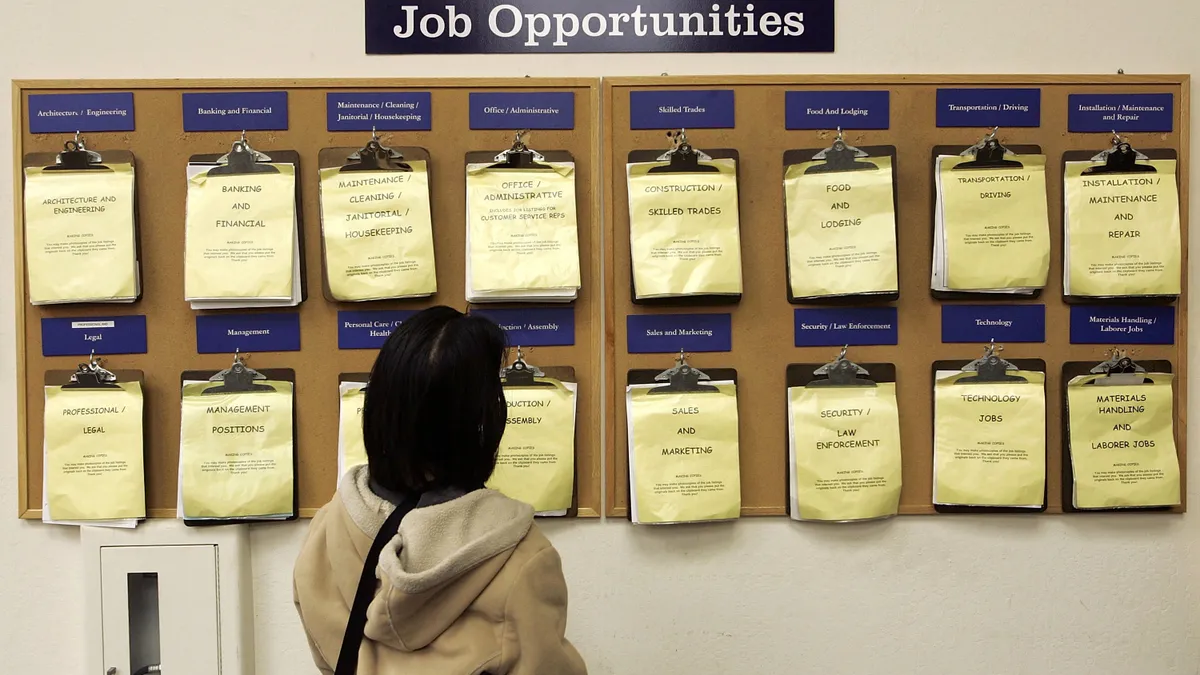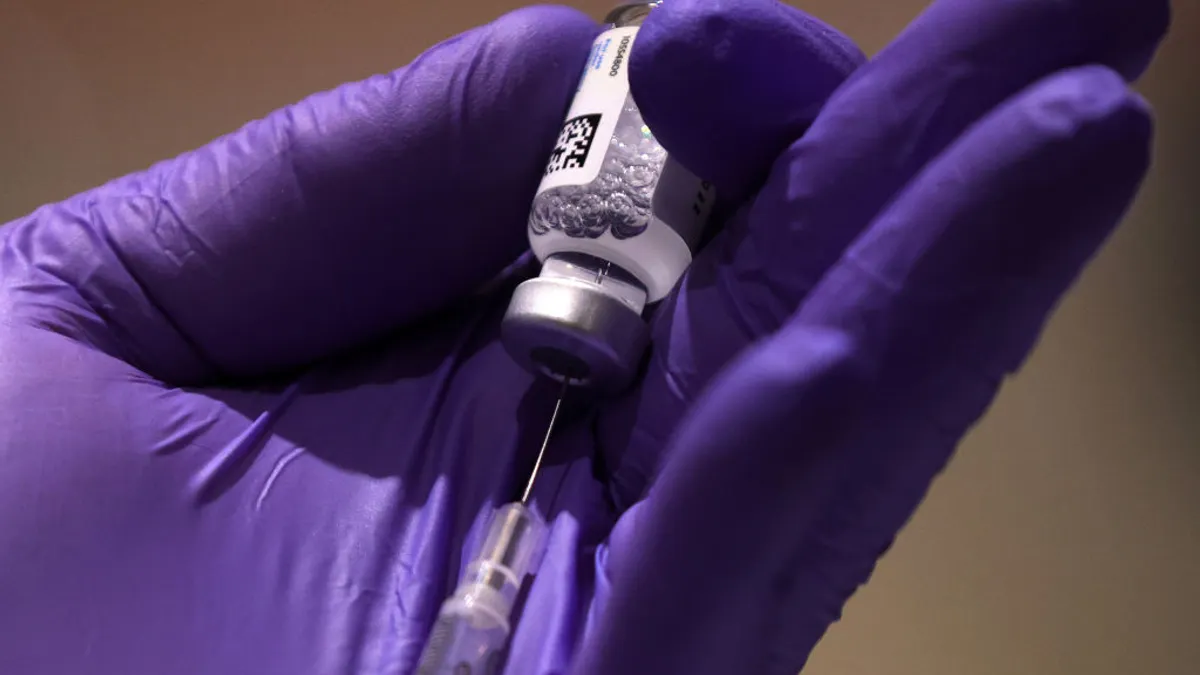Even before COVID-19, winning the “talent wars” was an ever-present issue in pharma. Now, a host of new pressures has put the squeeze on an already tight labor market, prompting pharma companies to readjust strategies for attracting and retaining top candidates.
Among the emerging challenges is “pandemic burnout” — or shifting life circumstances and goals that are prompting people to seek out more fulfilling and flexible work. According to the U.S. Department of Labor, 4.3 million Americans quit their jobs in August alone — the highest number ever recorded since the “quits rate” was first measured in December 2000.
While many of the workers drifting from their positions are in retail or the service industry, pharma has not been immune to the national trend of employees changing their plans and moving in new directions. And in an industry undergoing rapid growth, the increasing job opening rates and limited talent pool are taking on a new level of importance.
To understand what it’s like to find new hires in this unstable landscape, we caught up with 2019 PharmaVoice 100 honoree Paula Swain, the vice president of human resources at Incyte, a multinational biopharma company with an expansive portfolio in numerous high-growth indication areas. Here’s how Swain and Incyte are learning to bridge pharma’s talent gap.
PharmaVoice: What recent factors have made it more challenging to hire in pharma?
Paula Swain: A couple of things happened. People reassessed their life plans during COVID. Some people that thought they would still work for a long period of time are saying that COVID has made them think about priorities in life and wonder: Why not retire?
We also know anecdotally that some may not want to work in a job that requires at least 40 hours a week — so they may leave the industry to take a teaching job, for example, instead.
That has limited the number of people looking for jobs in pharma.
Which roles have been the most difficult to hire for?
Often, it’s been our physicians, chemists and biologists. There are quite a few startup companies looking for people and they typically hire two to three people for roles, whereas we have hundreds of people in roles, so that makes it difficult to compete with a startup’s salary.
I think the other piece is that in the roles we’re talking about — especially biologists and chemists — many would prefer jobs that allow them to work from home.
Although many companies have opted to continue letting employees work from home, Incyte does not have a full-time remote workforce. Why not stay remote?
We thought we had achieved our goals when people were all working remotely, but then we noticed that interpersonal exchanges make you end up with better results and more robust discussions. During big meetings, people have vigorous debates, which leads to good science. But on Zoom calls they were quiet. Since we’ve been back in the office the robustness has returned. The conversations are richer and better, and everyone feels like they can speak up because we’re in the same room.
We came back in May 2020 and have all kinds of safety procedures — all employees in the U.S. are vaccinated, and we provide onsite vaccines and PCR testing. Our compromise was to provide one remote day a week. While some people wanted more, since coming back, many have said that they get it now — their outlook is better, they’re less depressed and they forgot how much they missed working in person.
Has the in-person requirement made it more difficult to recruit employees?
It may sometimes make it take a little longer to fill some positions. But we’d rather hire high-quality people that are a good fit for us culturally.
Has Incyte added any new benefits in the last year that could aid with recruitment?
My daughter had a baby in June and I realized that maybe we had fallen behind when it comes to parental leave benefits. When we put that policy in place in 2017, we were right in with all the other companies, and it was considered an appropriate number of weeks. But now we’ve expanded our paid leave for primary caregivers from six weeks to 10 weeks, and for non-primary caregivers from one week to four weeks — and this is for adoptions or births.
We’ve also added a host of new benefits, including resources to help employees navigate a cancer diagnosis, help with managing musculoskeletal issues with workplace ergonomics, and a robust eldercare referral system that helps identify resources around the country.
Has Incyte used any kind of new technology to help with recruiting?
We have an applicant tracking system to help manage our workflow. We have source data that looks at how applicants came in, referrals, and now it’s connected with LinkedIn. This has helped enhance our view of sources applicants use. We can also use it to track the ‘time to hire.’
We’ve also talked to our IT department about putting AI onto that system so that when we have a job opening, we can go through past applicants to see who we have in the database that might be a good fit. We are in the early stages of planning that enhancement though and are working with our team to see if they can do it.
What kinds of strategies have been the most helpful for filling new positions?
Before the pandemic, at least 70% of new hires came from job postings or employee referrals. But now that strategy hasn’t worked as well, so we’ve had to change practices.
We’ve been recruiting more people at job fairs. And we’ve also built better relationships with colleges and universities to get talent in early. We used to typically hire people mid-career — but now we’re trying to attract applicants earlier so that they can then move up in their career with us.
We have also beefed up our LinkedIn presence. We encourage managers to post their job openings on their own pages so that they can pull in from their personal network.
And we look for people more proactively on LinkedIn. If I have an opening for an HR role, for example, I might go on LinkedIn and look for people with the right background. Even if that person may not have an interest in a new job, they may know someone else who’s looking.
And in general, we’ve expanded where we post the jobs, which has given us greater exposure. We also have an employee referral bonus and still fill a lot of positions that way.




















